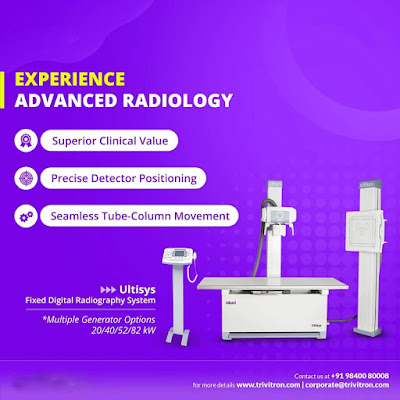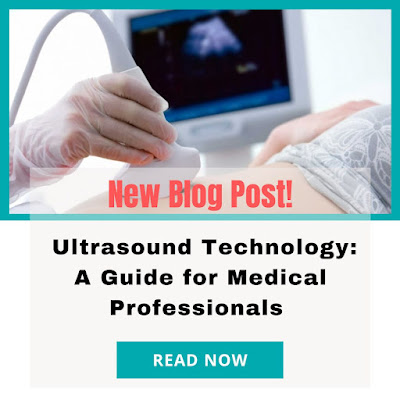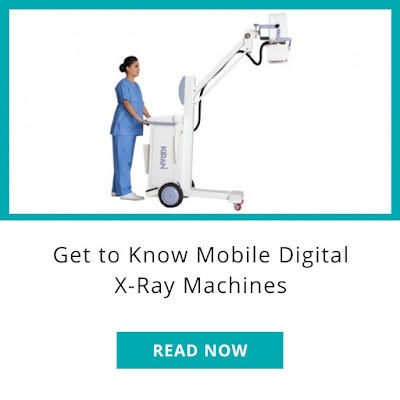In healthcare settings where ionizing radiation is a constant companion, radiation protection accessories are non-negotiable. These essential items, including lead aprons, thyroid collars, specialized shields, eyewear, and gloves, represent a significant investment in the well-being of healthcare professionals. But acquiring them is just the first step; maintaining their integrity and effectiveness requires a conscious effort.
This article provides a comprehensive guide on cleaning, storing, and inspecting radiation protection accessories, ensuring they provide optimal protection and serve you well for years to come.
1. Cleaning: A Gentle Approach to Hygiene and Longevity
Radiation protection apparel encounters a diverse array of contaminants in the clinical environment – bodily fluids, chemicals, dust, and more. Regular cleaning is not merely about aesthetics; it’s about preserving the material integrity and hygienic standards of these critical protective barriers.
Choosing the Right Cleaning Agent: Opt for a mild, non-abrasive cleanser, ideally one specifically formulated for radiation protection apparel. Harsh chemicals, bleach, alcohol-based cleaners, and abrasive scrubbers are detrimental and can degrade the protective material, compromising its effectiveness.
The Art of Gentle Wiping: Use a soft cloth or sponge and gentle wiping motions. Avoid forceful scrubbing or abrasive materials, as these can weaken the protective layer, leading to microscopic tears and potential breaches in the protective barrier.
Apron Care: Hanging for Longevity: Lead aprons, often the heaviest and most cumbersome pieces, require special attention. When not in use, hang them vertically on dedicated apron racks. This simple practice prevents creases and folds that can weaken the lead lining over time. Avoid folding or tightly rolling aprons, as this compromises their structural integrity and reduces their lifespan.
Embracing Disposable Solutions: Kiran's innovation in disposable lead-free radiation protection gloves offers a hygienic and convenient solution. Their single-use design eliminates the need for cleaning, ensuring optimal protection with each use, and minimizing the risk of cross-contamination. This approach promotes better infection control practices and enhances overall safety in the clinical setting.
2. Storage: Creating a Safe Haven for Your Protective Gear
Proper storage plays a pivotal role in maintaining the effectiveness and extending the lifespan of your radiation protection accessories.
Designated Storage Space: A Place for Everything: Dedicate a clean, dry, and well-ventilated space specifically for storing radiation protection items. This reduces clutter, minimizes the risk of accidental damage, and ensures easy access when needed.
Apron Storage: Prioritizing Verticality: As previously emphasized, lead aprons thrive when stored vertically on dedicated racks. This practice maintains the even distribution of the lead lining, preventing pressure points that lead to weakening and potential breaches in protection.
Shield Protection: Shielding the Shields: Store specialized shields in a manner that prevents scratching, bending, or warping. Consider using protective covers or designated compartments to safeguard their shape and functionality.
Eyewear Care: Protecting the Windows to Your Eyes: Store radiation protection eyewear in a protective case or designated drawer when not in use. This safeguards the lenses from scratches, dust, and potential damage, ensuring clear vision and optimal protection when you need them most.
3. Inspection: Vigilance for Maintaining Optimal Protection
Regular inspections are vital for identifying any signs of wear and tear that might compromise the effectiveness of your radiation protection accessories.
Visual Inspection: A Keen Eye for Detail: Before and after each use, visually inspect all items for any signs of damage: tears, cracks, creases, loose seams, discoloration, or any other irregularities. Pay close attention to areas that experience frequent flexing or stress.
Manual Inspection: Feeling for Imperfections: In addition to visual checks, use your hands to feel for any irregularities in the lead lining of aprons and shields. Look for bumps, lumps, or inconsistencies in thickness.
Radiographic Inspection: Harnessing the Power of Imaging: For lead aprons and shields, periodic radiographic inspection (using X-ray or fluoroscopy) is recommended to detect any internal defects or inconsistencies in the lead lining that might not be visible to the naked eye.
Frequency of Inspection: Regularity is Key: The frequency of inspections depends on the usage frequency and the type of accessory. High-use items like lead aprons might require inspection every 6 months, while less frequently used items can be inspected annually. Consult manufacturer guidelines or a qualified radiation safety officer for specific recommendations.
Partnering with a Trusted Supplier: Trivitron – Your Source for Quality and Expertise
Choosing the right radiation protection accessories involves more than just selecting the right level of protection; it also means partnering with a reputable supplier who prioritizes quality, innovation, and customer support. Trivitron, a globally recognized name in medical technology, stands out as a leading supplier of radiation protection accessories.
Their commitment to excellence is evident in their collaboration with Kiran, a brand renowned for its ergonomic designs, advanced materials, and commitment to safety. Trivitron's expertise makes them a trusted resource for healthcare professionals seeking the best in radiation protection.
Embracing a Culture of Care and Protection
Maintaining radiation protection accessories is not merely a matter of prolonging their lifespan; it's about establishing a culture of care and responsibility in healthcare settings. By embracing these practices, we prioritize the well-being of healthcare professionals, ensuring they have the tools they need to perform their duties safely and effectively. Remember, a well-maintained piece of protective equipment is not just an investment, it's a shield, safeguarding those who dedicate themselves to safeguarding others.






